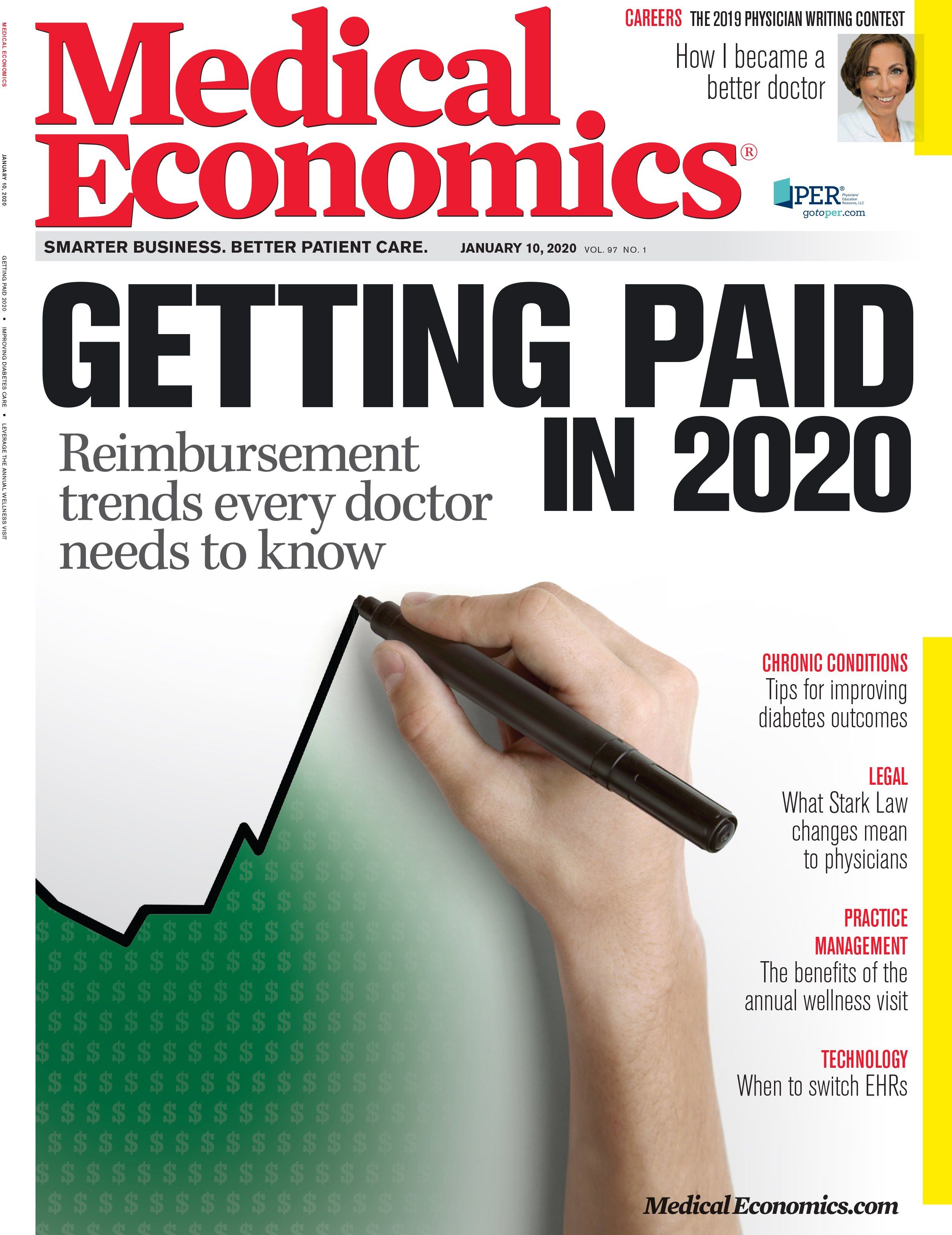Publication
Article
Medical Economics Journal
Tips for handling combination visits
Author(s):
How to reduce the compaints from Medicare patients who want multiple issues addressed in one visit.

Q: Some of our Medicare patient’s complain about their $20 or so co-pay when we bill ‘Combination visits’, a G0439 Annual Wellness visit (AWV) and another Current Procedural Terminology (CPT) code for managing their problems during the same visit. Is there a good solution to this issue or any advice to maybe remedy this?
A: This is not an uncommon scenario and has been going on since the AWV codes came out in 2011. And no matter how well your front-desk, MA’s or nursing staff or the provider themselves explain to the patient how this type of coding and billing works – it seems there are always some that will be unhappy about it -even if they agree at the time of service to go ahead and perform both types of services.
But when they get that bill a couple of weeks later, all recollection of that flees and they often seem to feel somehow taken advantage of. This usually only occurs when they need to dip into their pocket and pay for something.
But there is a way to reduce the complaints significantly that works rather well, at least for the chronic disease follow version of these combination visits.
The problem typically arises when a patient is scheduled for their AWV, either at the end of the prior visit, or in the interim, and all perceive this as the purpose of the visit. And we know there is no cost or co-pay for these. But sometimes the patient brings a list of problems, or has an acute problem, or this is a standard interval (say, 90-day visit) for chronic disease follow up.
When telling the patient that if these ‘additional’ problems are addressed in the course of this otherwise preventive or screening encounter, that there will be a co-pay (or in the case of high-deductible plans an ‘all-pay), the problem visit is the ‘add-on’ service that is costing them. It might even be seen as a version of bait and switch, or somehow ‘padding’ your bill.
But for chronic follow ups, if you simply schedule the next visit as a problem-oriented visit, and at that visit introduce the AWV as the add-on service – patients don’t complain because the ‘add-on’ service is the free one. They were expecting their normal co-pay for the chronic problem follow up – and so there is nothing to complain about.
Say to tell ‘while you are here for your problem management visit, lets save you a trip and go through these Medicare screening items to make sure we’re on top of any issues that may have developed’. And have them fill out their HRA (Health Risk Assessment) form, do your Mini-cog and other screens.
No one complains when you add-on a free one.
This also quiets those that seem stuck on the idea that an AWV somehow ‘includes’ management of stable problems. By having the evaluation and management of problems the focus of the visit – it more clearly delineates the ‘separateness’ of the AWV screening and preventive services.
Bill Dacey, MHA, MBA, CPC-I is principal in The Dacey Group, Inc., a consulting firm dedicated to coding, documentation and compliance concerns for physicians. Bill is an evaluation and management (E/M) coding expert and has been active in physician training for more than 25 years. Send your coding questions to medec@mmhgroup.com.






